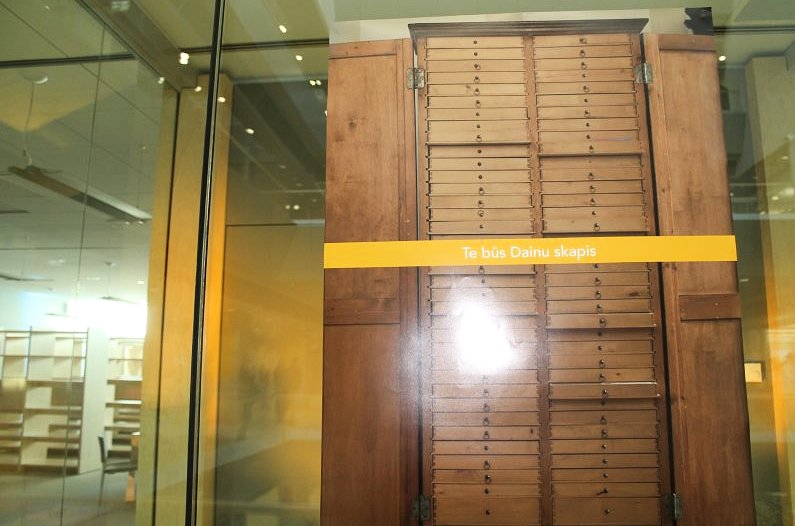The Collection is the country’s largest institute of collection, preservation, publication and research in charge of over three million units of folklore, including its greatest symbolic value, the Closet of Dainas, the oral folk verses collected painstakingly by a founding father of Latvian language and identity Krišjānis Barons.
The event was marked by lectures on ongoing research projects, including a digital archiving effort at garamantas.lv, where one can read, watch, listen to songs, tales, riddles, dances and other forms of folk culture unique to Latvian non-material traditions.
The Collection was founded on December 2, 1924 at the behest of folklorist and teacher A.Bērzkalne under Education Ministry auspices. She became the first leader of the collection. In 1945 it came under the administration of the University and was renamed the Institute of Folklore, assumed into the Academy of Sciences in 1946.
In 1950 it was again rebranded as the Institute of Ethnography and Folkore, split yet again into the Folklore sector, later the section under the Language and Literature Institute.
In 1992 it regained its former historic name and has been a part of the University’s LFMI since 1999.
There are currently twelve doctoral researchers working at the institute taking part in active Lettonica studies and publications in Latvia and worldwide.



























